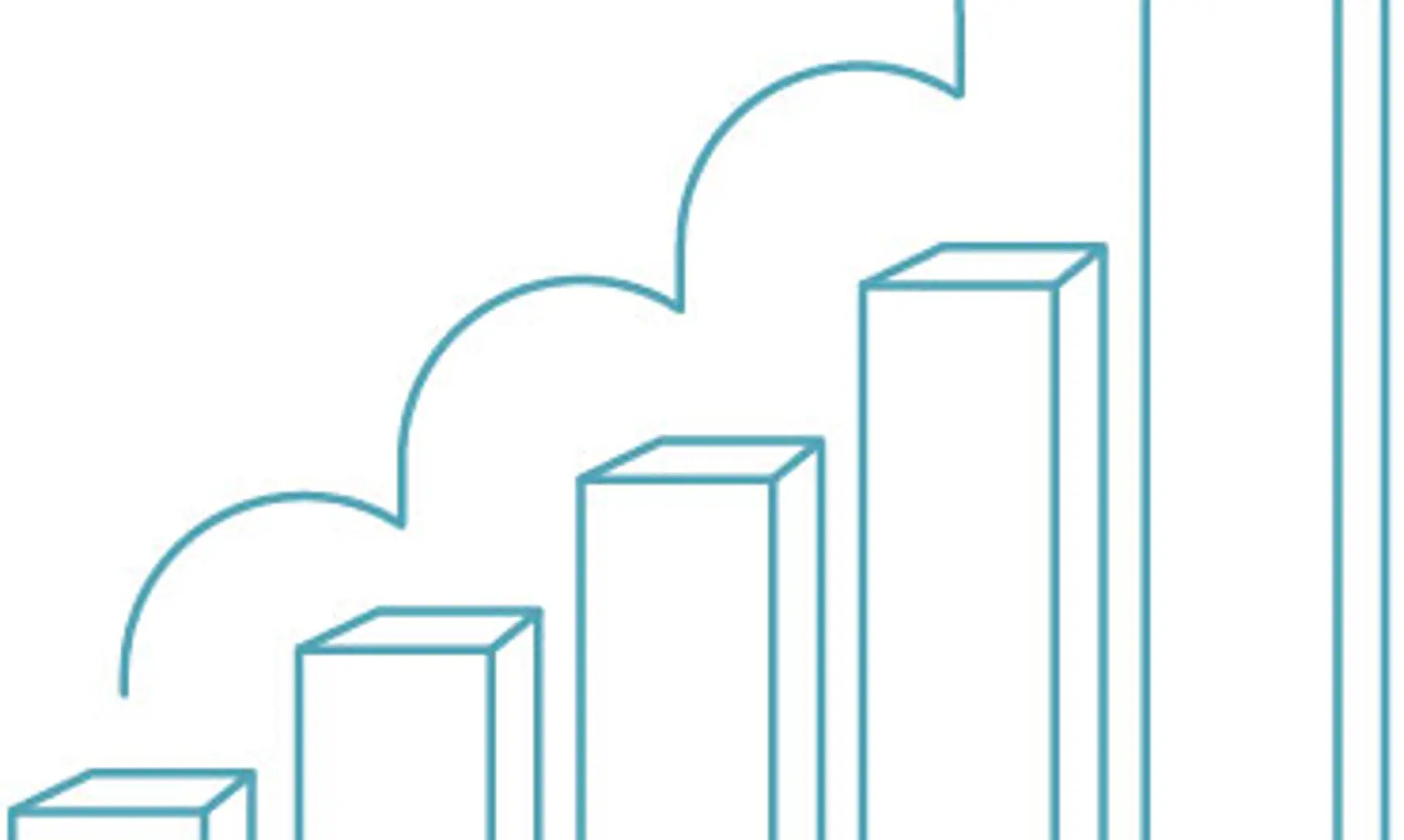The power of omnichannel

In part two of our Navigating the Next Normal series, we discuss the effects of pandemic-induced digital acceleration on consumer behaviour and retailing.
When governments around the world announced lockdown more than a year ago, the first instinct of consumers was to stockpile daily supplies. It was a moment of truth for brands where availability trumped brand loyalty. After the initial panic buying, people looked for alternative channels giving rise to a new breed of hesitant but enthusiastic online shoppers. The retail sector pivoted quickly to meet these consumers where they were: in their homes.
Expanded consumer base
With more consumers of all ages going online, digital trends and e-commerce saw rapid acceleration. Not only were more goods being bought online but there were also many more people buying them, including many first-time adopters. Online purchases by previously infrequent e-commerce users increased 343% since the outbreak. And the shift is here to stay, at least partially.




Why omnichannel
Consumer interaction is no longer limited to a single channel. In 2020, omnichannel shopping jumped 50%. Going beyond e-commerce, omnichannel involves interacting with consumers wherever they are – be it online or offline, and delivering a consistent brand experience. Today’s digitally mature consumers need to be engaged on varied channels at all levels of the funnel, from awareness and consideration to conversion and loyalty.

A consumer might buy a product in-store on the way to work but want it delivered at home or they may shop online, even on social media, and collect the merchandise in person. Or it could be a combination of different options – from self-checkout at the brick-and-mortar store to a complete e-commerce experience. They could also be only researching a product online before buying it offline or vice-versa. As consumers demand choice and flexibility, offering a seamless experience across digital and physical channels becomes vital.
What’s in it for businesses
Apart from the growth in e-commerce, data is the most coveted benefit. Omnichannel presence provides manufacturers the opportunity of understanding their end users better. From providing personalized experiences to developing new products, with effective data utilisation the possibilities are vast. Unifying omnichannel data gives a complete picture, which helps drive agility and more informed decision-making.

Major U.S. retailer Target reaped the benefits of being early adopters of omnichannel– they had their best ever quarter in Q2 2020 with a sales increase of 24.3% and digital sales soaring 195%. The Dutch supermarket chain, Ahold Delhaize, also saw accelerated growth in omnichannel across food and non-food items. For them, it was about unifying their offerings under the umbrella of one loyalty system across channels. Globally, supermarkets and e-commerce together accounted for over 60% of FMCG growth in 2020.
The packaging channel
For food and beverage manufacturers, omnichannel retailing has its unique challenges. Dependency on their retail partners for the last-mile delivery means manufacturers have limited control. It can also become difficult to provide a consistent brand experience across owned and third-party channels. Here, unifying channels like social media, websites, and the often-overlooked product packaging, can be a differentiator.

Take the example of SIG’s One Cap, One Code solution used by one of China’s largest dairy producers to drive engagement on WeChat. With innovative technology like PAC.ENGAGE, the gap between offline and online channels can be bridged to create an omnipresent brand. To know how you can transform your brand’s omnichannel journey with packaging, contact us.
In the next part of the series, we will explore how our homebound lives in 2020 have affected consumption patterns and what it means for businesses. Subscribe to the SIGnals Update, our exclusive bi-weekly newsletter, to get part 3 of the series and other interesting insights in your inbox.
- Juni 11, 2021
